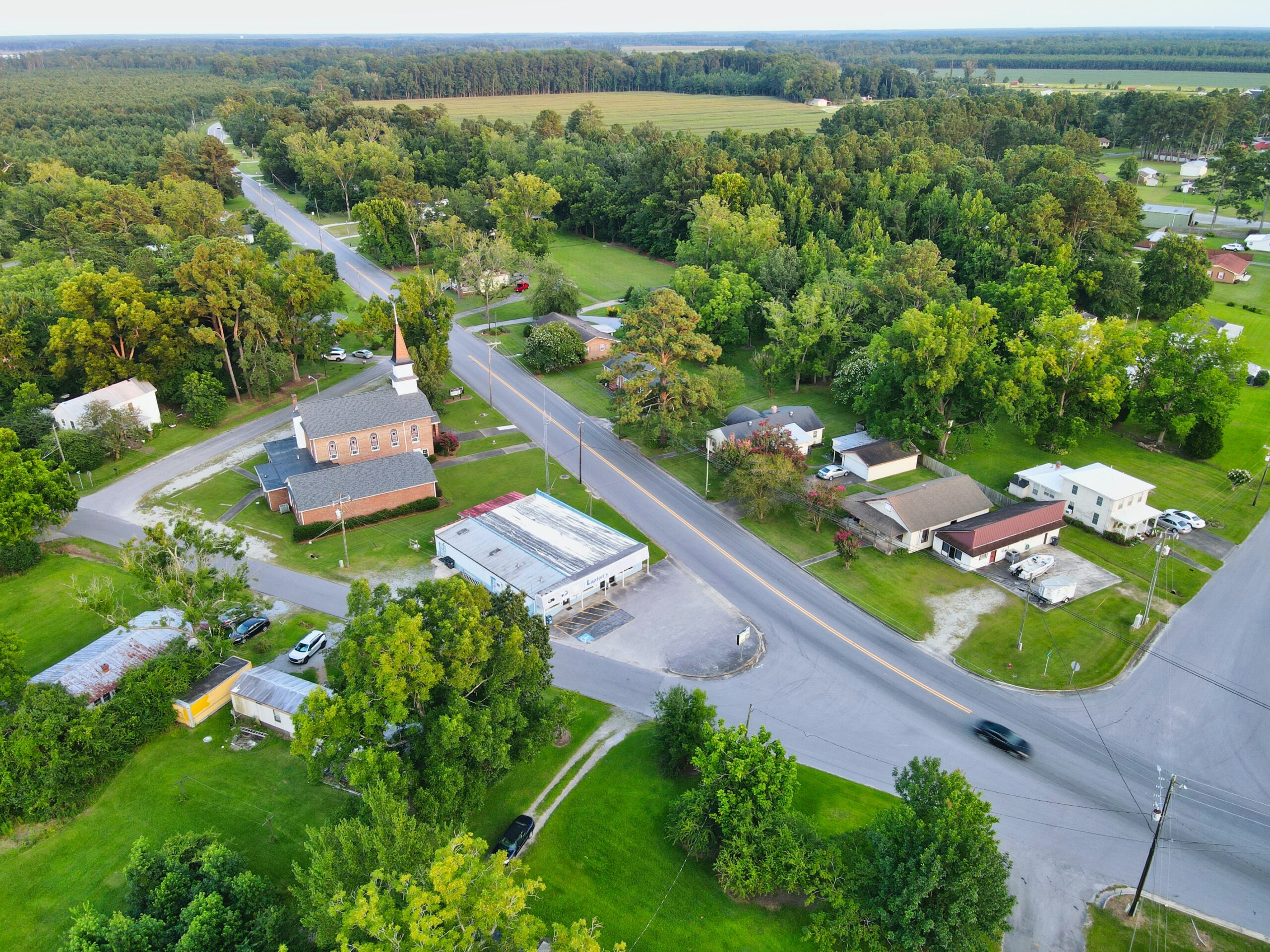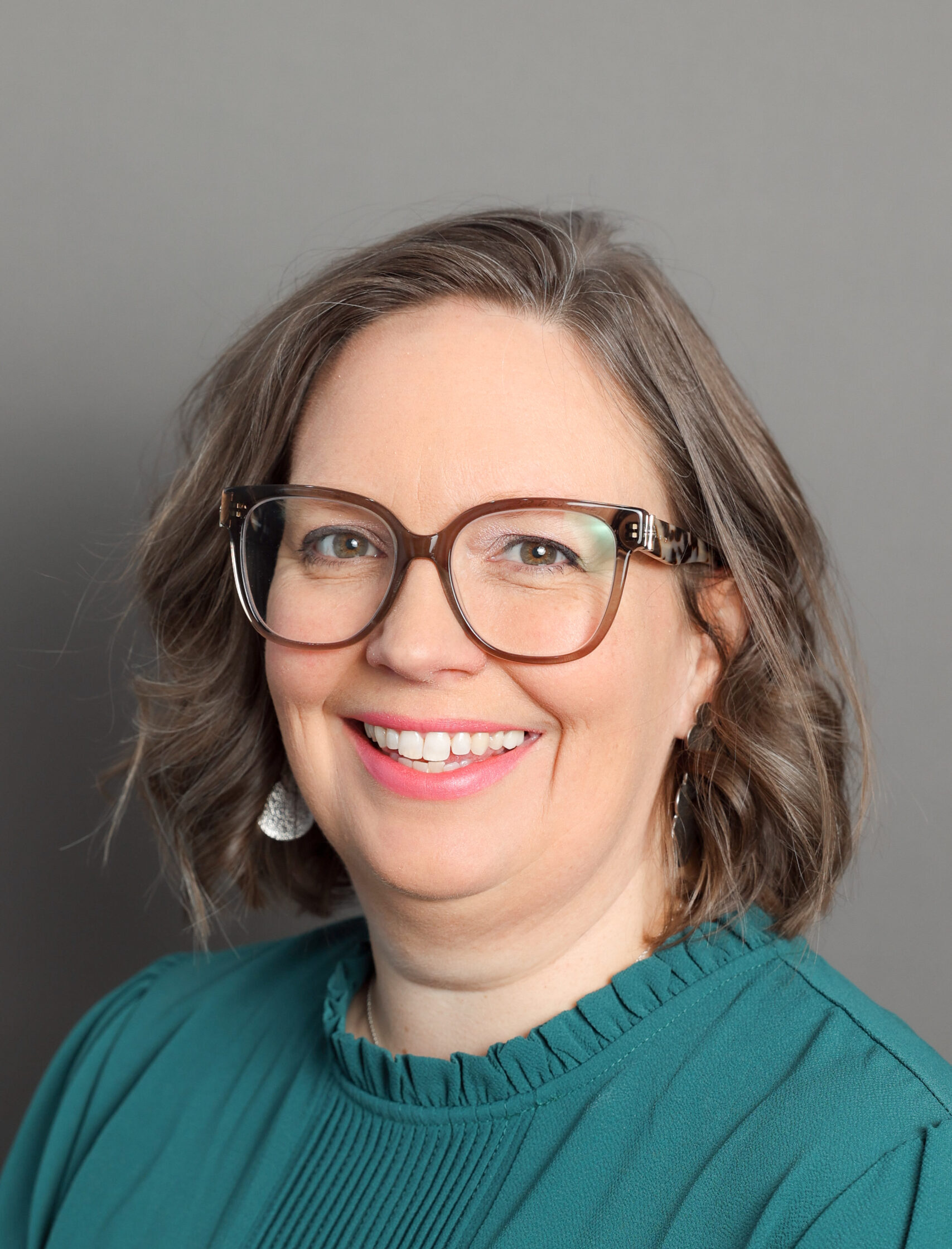Funding in rural spaces

Ninety-two percent of CDP’s Midwest Early Recovery Fund (ERF) grants go to supporting rural communities. I look at that number and am grateful we are precisely where we want to be, funding early recovery for rural communities impacted by low-attention disasters.
But I am also asking questions: Are we listening to rural communities well? Are we supporting equitable, holistic recovery in rural communities? Are we building capacity in rural spaces, funding local, culturally-aligned organizations? Or are we putting band-aids on systemic issues and further exacerbating inequity? Are we elevating the stories of our grantee partners in ways that mobilize other funders to join us in these rural spaces?
Misconceptions about rural communities
I think and read about rural communities daily and regularly engage in conversations with rural community leaders. There are so many misconceptions about rural spaces, and I believe many begin with who lives here and why.
For example, this recent essay in the New York Times described rural people as angry and misinformed. I appreciated this response from The Daily Yonder and the thoughtful reminder that rural America is not a “monolithic swath of angry, poor white people.”
Experience in rural spaces and demographic and census data analysis show that rural communities vary. The Rural Aperature Project reminds us that the misconception that rural America is homogenously white “renders invisible the 14 million Black, Hispanic or Latino, Asian, Native, and multiracial people who live in rural America.”
The conversation about the challenges of rural communities is crucial. Rural communities have difficulty accessing federal resources and philanthropic dollars for infrastructure, health equity, disaster recovery, climate adaptation, housing and capacity building. Residents of rural areas, particularly Black, Native American and Latino residents, face significant quality-of-life challenges. Rural communities also have many assets, such as social capital, local control, strong anchor institutions and community champions committed to navigating systems to strengthen their communities.
With these factors in mind, there are four grantmaking strategies I use as a rural disaster funder:
See beyond the headlines and the numbers
Even with all the demographic data and excellent mapping tools available through multiple sources, funders cannot fully assess needs and engage in the community without getting outside their offices, entering rural spaces and conversing with community members. Until we take the time to be present in a community, we may, just like the data, miss who lives in rural communities, especially those that are often invisible.
Beyond the numbers also means thinking about return on investment differently. I don’t see big impact numbers. I’m not funding organizations that reach thousands, but I am supporting organizations that work with significant percentages of the population in their community or region.
When I look beyond the headlines and the data, I see formal and informal organizations made up of people. Each of these individuals is worthy of dignity and respect, and for each of them, the disaster is catastrophic. Often they are looking for help navigating our broken systems, a way forward and a reminder that they are not alone.
With the ERF’s 10-state geography, engaging deeply with every rural community is impossible. Taking a regional approach and developing a network of funders, nonprofits, educators and leaders who understand rural communities and can make introductions, provide thought partnership and cultural navigation is critical. These connections help me to see beyond the headlines and sharpen my focus on providing appropriate, thoughtful funding.
Siloed approaches don’t work
I have learned that what I think the challenge or issue is for a community post-disaster may not be what they want to solve or need. I think they need (fill in the blank), but when I visit, listen and ask caring, curious questions, I often find out they actually need something entirely different.
A siloed approach to need – saying I fund and think about only a few things – won’t lead to holistic recovery. Especially in rural communities, we must be willing to be transparent and responsive. And we must have connections to other funders so that when we encounter something that we can’t fund ourselves, we can call someone, utilize our networks and social capital, and connect the community to the resources they need.
For example, I recently had the opportunity to travel to Hays and Lodge Poll, Montana. More than a three-hour drive from the nearest city (Billings, population 117,000), Hays is a community on the Fort Belknap Reservation, home to the Gros Ventre (Aanii) and the Assiniboine (Nakoda) tribes. I went because of reports of flooding and wildfire, thinking the community might need some of our typical disaster recovery tools.
Instead, I heard they weren’t worried about flood damage but about water access, food sovereignty and youth leadership development. Community gardening and language preservation were essential for this community’s flood and wildfire recovery. In addition to awarding a grant to Nakoda Aaniiih Community Economic Development Corporation for a portion of this work from ERF, I continue to make introductions and connections wherever possible.
Rural requires creativity and flexibility
Rural communities tend to have less formal nonprofit organizations and systems, which sometimes makes grantmaking more challenging. However, I find that if I am creative, flexible and willing to take the time to build relationships, I can find ways to support rural communities. I start by listening to the community and identifying which organization or group of individuals is already doing the work.
Once I know the who, I work to identify the larger system or organization that can support or catalyze disaster recovery. In many communities, this is an affiliate of a larger faith-based or social service organization. In some communities, this looks like finding a fiscal sponsor for an emerging long-term recovery group. Other groups may be university extension services, CDFIs, community colleges, community-action programs and regional community foundations.
Then, as we begin visioning a grant, we do everything we can to streamline our processes and lower the administrative burden on these organizations. And often, the work changes over time, so we remain in conversation far past the signing of a grant agreement.
Trust-based is the only way
Rural funders and rural communities understand trust-based work intuitively. I’ve already mentioned several of the practices of trust-based philanthropy that are essential in working in rural communities. Being transparent and responsive, aware of power and privilege, and modeling vulnerability builds trust and is critical when engaging in rural spaces. Questions motivated by care and curiosity can open up conversations and avenues of engagement that lead to significant long-term recovery impacts. Acknowledgment and awareness of power and privilege can reduce barriers and move us towards relationships and funding that center community and equity.
Through the Midwest Early Recovery Fund, CDP has developed a thoughtful, equitable and replicable model of disaster grantmaking that works in rural communities impacted by low-attention disasters. I hope you consider joining us as we continue to strengthen our understanding and work in rural spaces.
